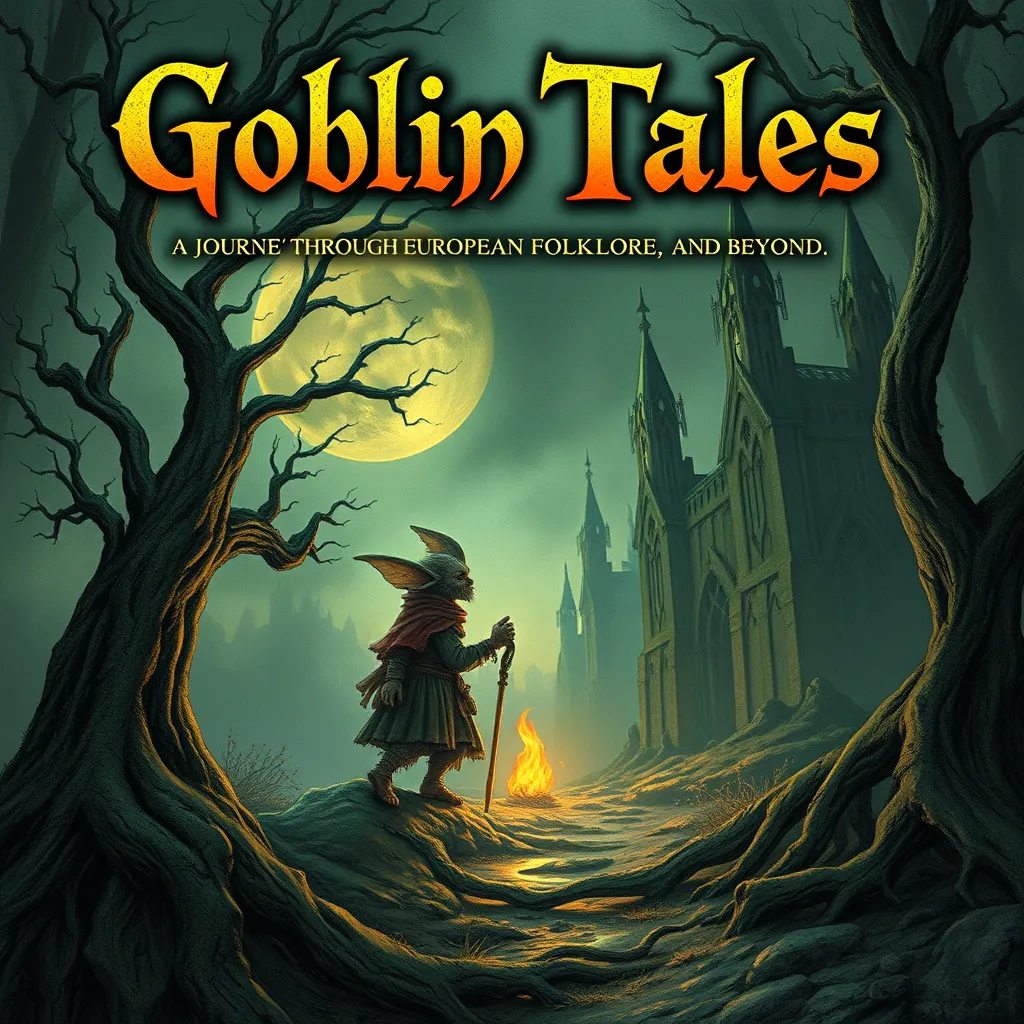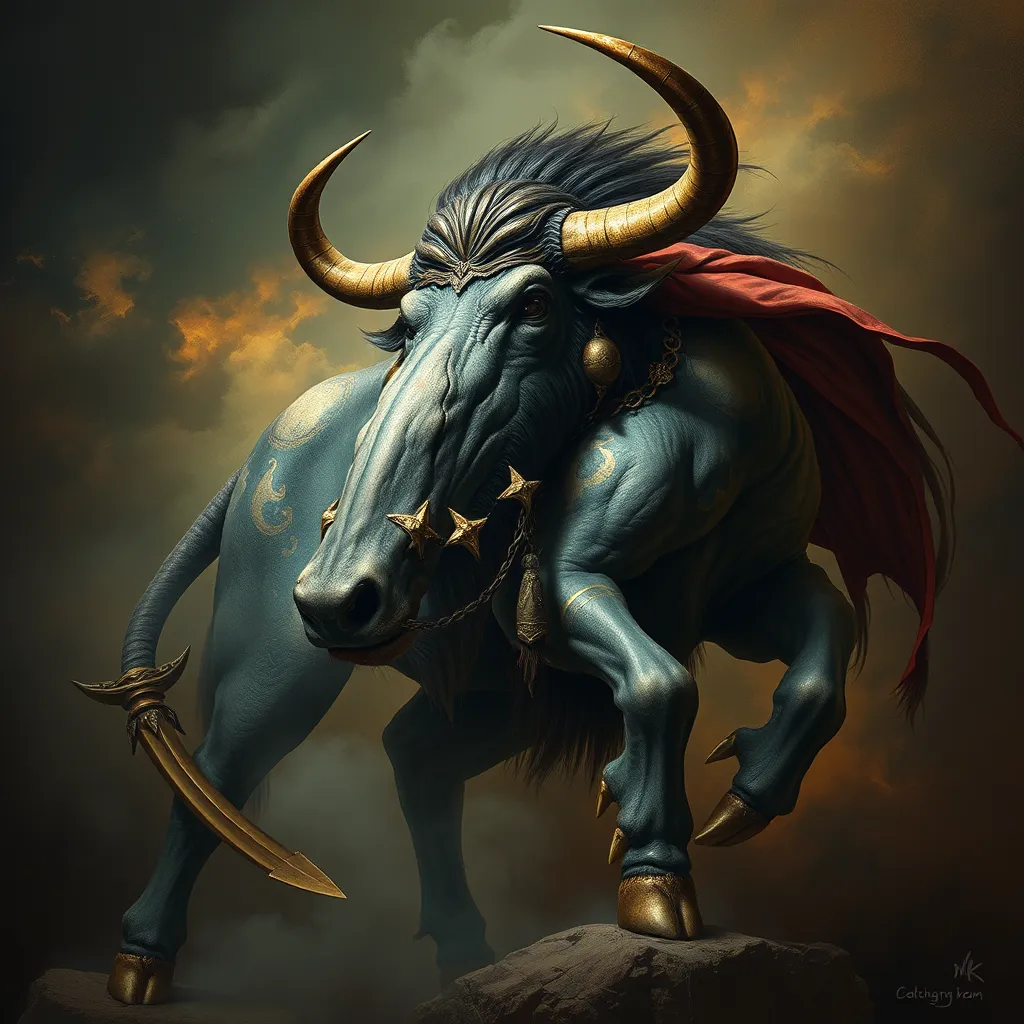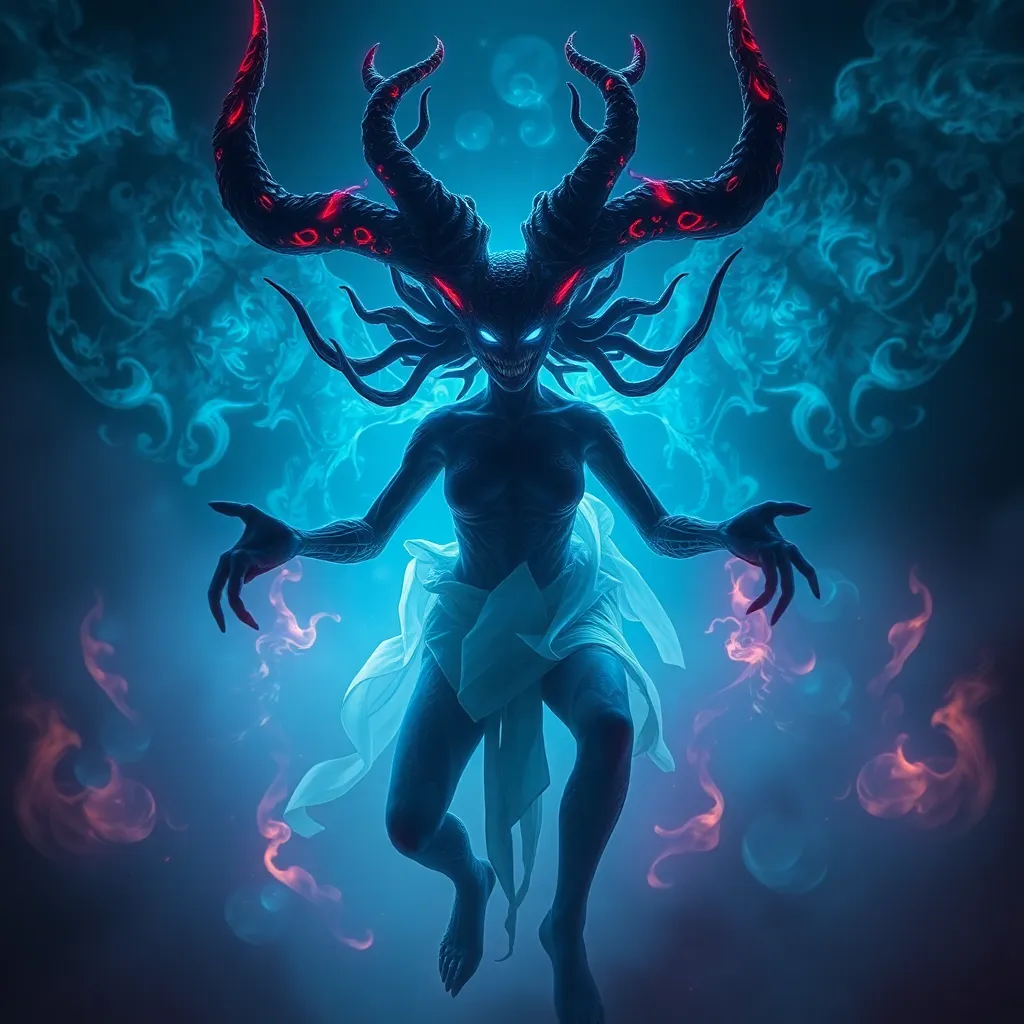Japanese Gnomes: The Tengu and the Mystical Creatures of the Mountains
I. Introduction
Japanese folklore is a rich tapestry of stories, beliefs, and symbols that reflect the cultural heritage and spiritual values of Japan. Central to this folklore are the mystical creatures that inhabit the mountains, with Tengu standing out as one of the most fascinating figures. These enigmatic beings, often portrayed as part human and part bird, embody the spirit of the mountains and carry significant cultural weight.
This article aims to explore the mythology and cultural impact of Tengu and other mountain-dwelling creatures, delving into their origins, roles in folklore, and their relevance in contemporary society.
II. The Origins of Tengu in Japanese Mythology
The origins of Tengu can be traced back to ancient texts and traditions in Japan. Initially, Tengu were viewed as malevolent spirits, often associated with the mischief and chaos that could be found in the mountainous regions. Over time, however, their image evolved, and they became recognized as protectors of the mountains and the teachings of Buddhism.
This transformation can be seen in:
- Historical Background: Early references to Tengu can be found in texts such as the “Nihon Shoki” and “Konjaku Monogatari,” where they were depicted as disruptive entities.
- Evolution of Image: As Buddhism spread, Tengu began to be associated with ascetic practices and the Yamabushi, mountain ascetics who sought enlightenment.
- Shinto and Buddhist Beliefs: Tengu embody the merging of Shinto animism and Buddhist philosophy, symbolizing the balance between nature and spirituality.
III. Physical Characteristics and Varieties of Tengu
Tengu come in various forms, and their physical characteristics can vary widely. They are often depicted as:
- Bird-like Tengu: These Tengu have avian features, such as wings and beaks, and are commonly referred to as Karasu Tengu.
- Humanoid Tengu: More human-like in appearance, these Tengu, known as Yamabushi Tengu, often wear traditional ascetic garb.
Among the most iconic features of Tengu are:
- Red Face: Many Tengu are depicted with striking red faces, symbolizing their supernatural powers.
- Long Nose: The elongated nose of Tengu serves as a representation of their wisdom and connection to the spiritual world.
IV. The Role of Tengu in Japanese Folktales
Tengu appear in numerous folktales, often serving dual roles as protectors and tricksters. Some notable stories include:
- The Tale of the Tengu and the Samurai: This story highlights the Tengu’s role as a mentor, teaching a samurai the importance of humility.
- Tengu’s Deception: In another tale, Tengu trick a group of travelers, teaching a lesson about vigilance and respect for nature.
Through these narratives, Tengu convey important moral lessons and cultural values, such as:
- Respect for nature
- The significance of humility
- The balance between strength and wisdom
V. Tengu in Contemporary Culture
In contemporary Japan, Tengu continue to thrive in various forms of media. Their representation can be found in:
- Anime and Literature: Tengu frequently appear in anime, manga, and novels, often as characters that embody mystical qualities.
- Art and Fashion: Tengu motifs are popular in traditional and modern art, influencing fashion trends and design aesthetics.
- Festivals and Celebrations: Tengu festivals, such as the Tengu Matsuri, celebrate these creatures with parades and rituals, connecting the community to their cultural roots.
VI. Other Mystical Creatures of the Mountains
In addition to Tengu, Japanese folklore is home to various other mystical creatures that dwell in the mountains. Some notable beings include:
- Yama-uba: A mountain witch known for her magical abilities and wisdom.
- Kappa: A water-dwelling creature that shares a connection to the rivers and streams near mountainous areas.
These creatures often share similar themes with Tengu, such as:
- Guardianship of nature
- Duality of character (protector vs. trickster)
- Connection to spiritual practices
VII. The Significance of Tengu in Japanese Spirituality and Nature
Tengu hold a significant place in Japanese spirituality, often regarded as guardians of the mountains and nature. Their presence in folklore highlights important ecological themes:
- Guardians of Nature: Tengu are seen as protectors of the forest and mountains, embodying the spirit of the natural world.
- Ecological Symbolism: Their stories often emphasize the need for harmony with nature and respect for the environment.
- Lessons on Harmony: Tengu teach the importance of balance in life, encouraging a connection with the natural world.
VIII. Conclusion
The cultural importance of Tengu and other mystical mountain creatures is profound, reflecting Japan’s deep connection to its natural landscape and spiritual beliefs. As guardians of the mountains, Tengu represent the harmonious relationship between humanity and nature, a theme that resonates through generations.
As we explore the folklore and mythology of Japan, we find that these mystical beings continue to inspire and educate, encouraging us to reflect on our own relationship with the world around us. The legacy of Tengu and their kin is a reminder of the rich traditions that shape Japanese culture, inviting further exploration into the depths of Japanese folklore.



